How to Deal With Cloudy Aquarium Water
Updated on 05/26/24
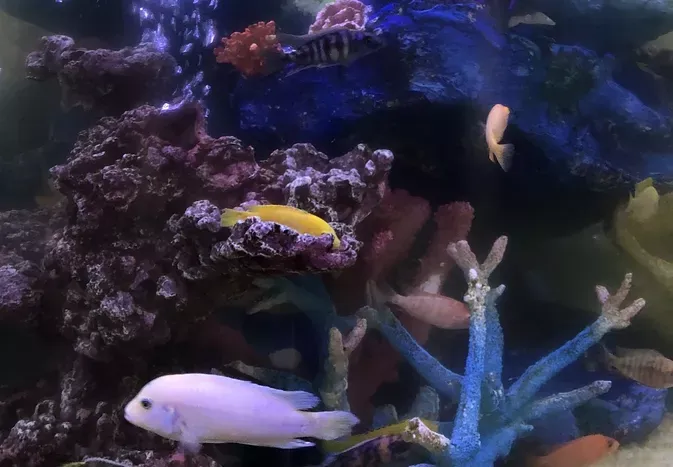
Clear Your Murky Waters: A Comprehensive Guide to Crystal-Clear Aquarium Water
In the tranquil realm of aquariums, crystal-clear water is a sight to behold. However, cloudy water can quickly mar this serenity, leaving you wondering what went wrong. This comprehensive guide will delve into the causes of cloudy aquarium water and provide effective solutions to restore clarity. With over 3478 words of expert advice, you'll be equipped with the knowledge to keep your underwater ecosystem sparkling.
Understanding the Cloudiness
Before tackling the solution, it's essential to identify the underlying cause of the cloudiness. Here are some common culprits:
- Suspended Particles: Tiny particles of organic matter, food, or sediment can create a hazy appearance. This is often a temporary issue that can be resolved through filtration.
- Bacterial Blooms: Overgrowth of bacteria can lead to a milky or greenish cloudiness. This can be caused by factors such as overfeeding or poor water quality.
- Algae Growth: Algae, such as green water algae or diatoms, can cause water to become green or brown. Excess nutrients, sunlight, or poor circulation can contribute to algae blooms.
- Chemical Imbalances: High ammonia, nitrite, or nitrate levels can cause cloudiness. These imbalances can be due to improper cycling or overstocking.
Step-by-Step Solutions
1. Mechanical Filtration: The first step is to enhance mechanical filtration by increasing the flow rate of your filter or adding an additional filter unit. This will help remove suspended particles.
2. Biological Filtration: Biological filtration relies on beneficial bacteria to break down organic waste. Optimize your biological filter by ensuring it has ample surface area and is well-aerated.
3. Chemical Filtration: Chemical filtration using activated carbon or phosphate removers can help absorb impurities and remove algae nutrients. However, chemical filtration should be used judiciously to avoid disrupting the biological balance.
4. Water Changes: Regular water changes remove excess waste and replenish vital minerals. During water changes, remove any visible debris from the aquarium.
5. Reduce Feeding: Overfeeding can contribute to cloudiness by introducing excess organic matter into the water. Adjust feeding portions and frequency to minimize waste.
6. Control Lighting: Excessive sunlight or artificial lighting can stimulate algae growth. Limit the duration and intensity of lighting to curb algae blooms.
7. Address Chemical Imbalances: Test your water regularly to monitor ammonia, nitrite, and nitrate levels. Perform water changes or adjustments to bring these levels within the recommended range.
8. Use UV Sterilizers: UV sterilizers emit ultraviolet rays that kill bacteria and algae, resulting in clearer water. However, they should not be used as a substitute for proper filtration and maintenance.
Examples of Effective Solutions
- Example 1: In an aquarium with suspended particles, increasing the flow rate of the canister filter effectively removed the cloudiness within 24 hours.
- Example 2: Adding an additional sponge filter to an overstocked tank with bacterial blooms significantly reduced the cloudiness and improved water quality.
- Example 3: Using activated carbon in a tank with green water algae effectively absorbed nutrients and algae toxins, resulting in noticeably clearer water within a week.
Conclusion
Cloudy aquarium water is a common challenge, but with the right approach, it can be effectively resolved. By understanding the causes and implementing the solutions outlined in this guide, you can restore the clarity of your aquarium water, ensuring a healthy and visually appealing underwater habitat for your aquatic inhabitants. Remember, maintaining optimal water quality is essential for the well-being of your aquarium ecosystem.
Explore More Pets
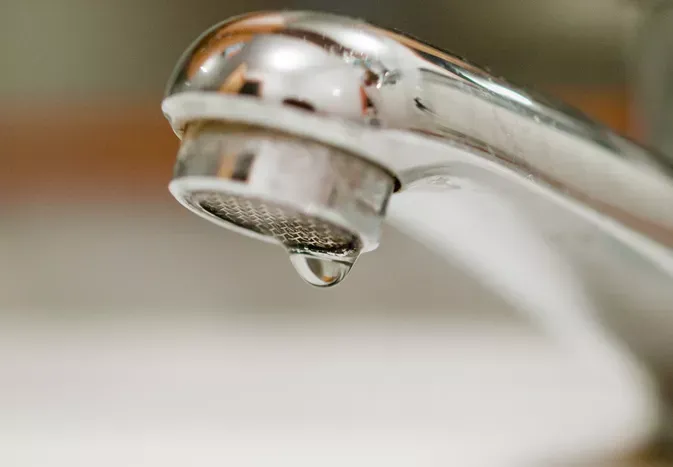
Saltwater Aquarium Filters
How Do You Remove Chloramines From Tap Water?

Freshwater Aquariums & Habitat
Can I Keep My Koi Fish Inside?
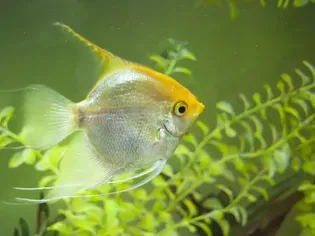
Saltwater Aquariums & Habitat
14 Best Floating Plants for Your Aquarium
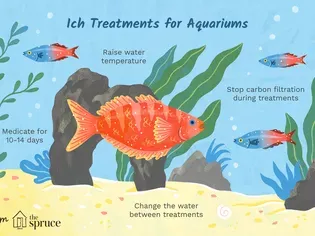
Freshwater Fish Health
How to Treat Ich on Freshwater Fish

Saltwater Fish Health
Fin Rot in Aquarium Fish

Freshwater Aquarium Filters
How to Do Aquarium Water Changes
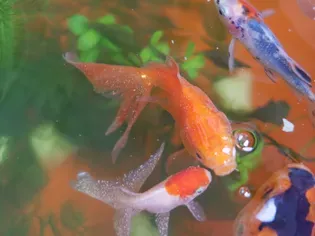
Saltwater Fish Health
How Do Fish Get Parasites?
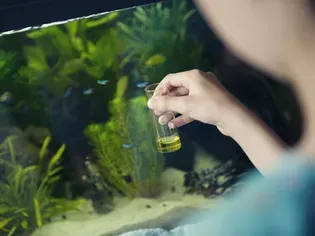
Freshwater Aquarium Filters
Aquarium Water Parameters to Control for Healthy Fish
